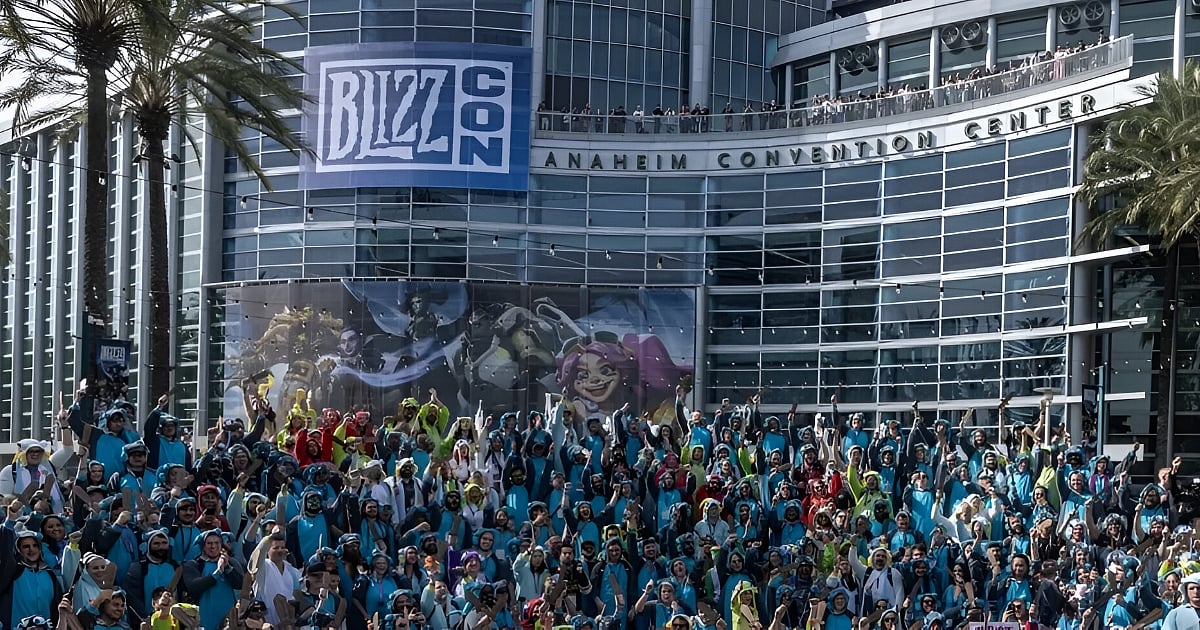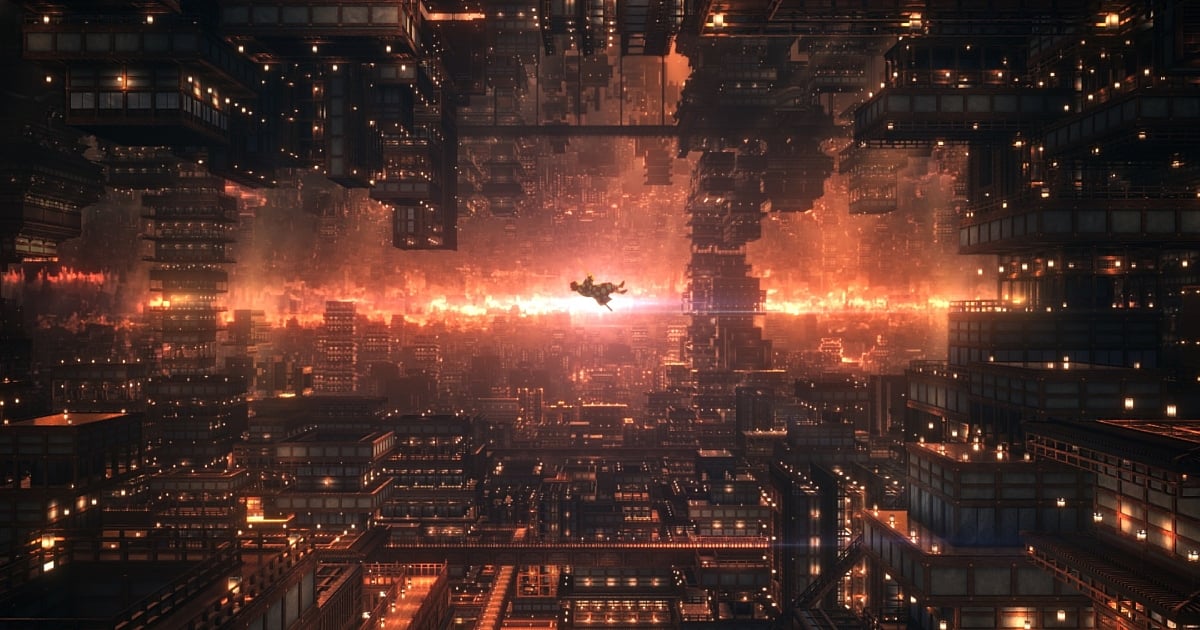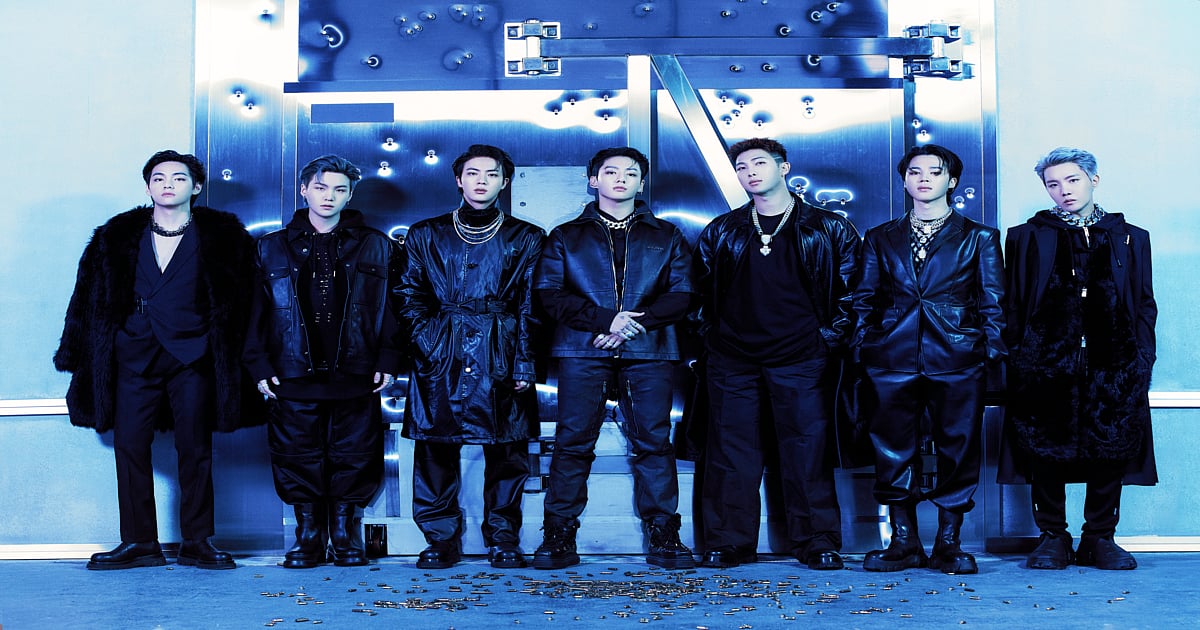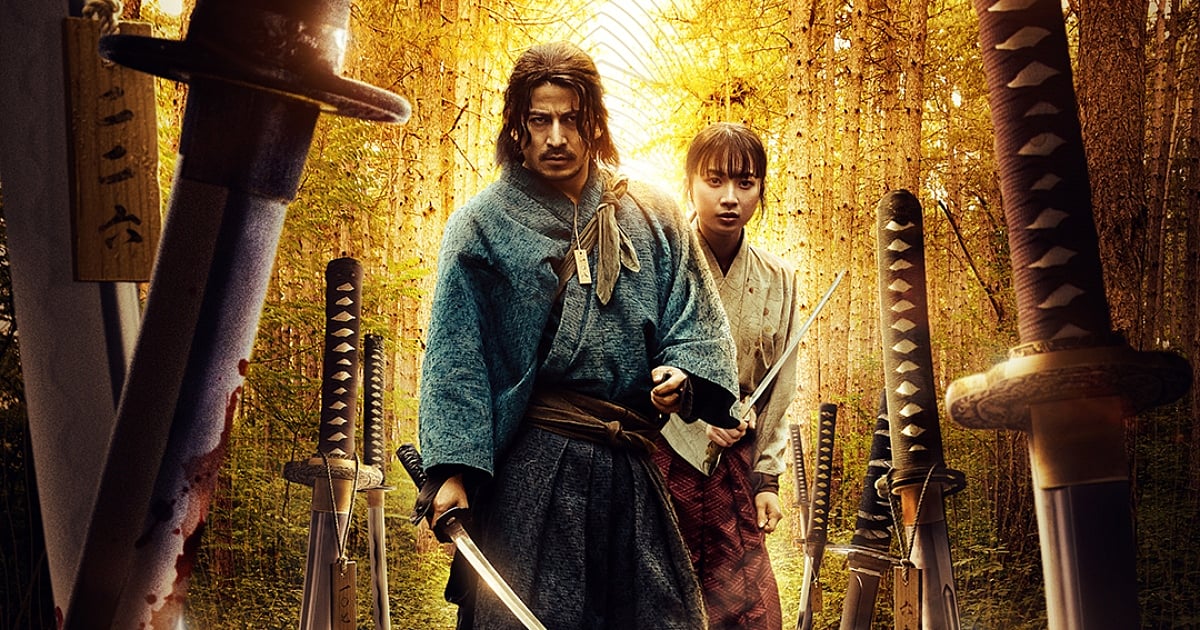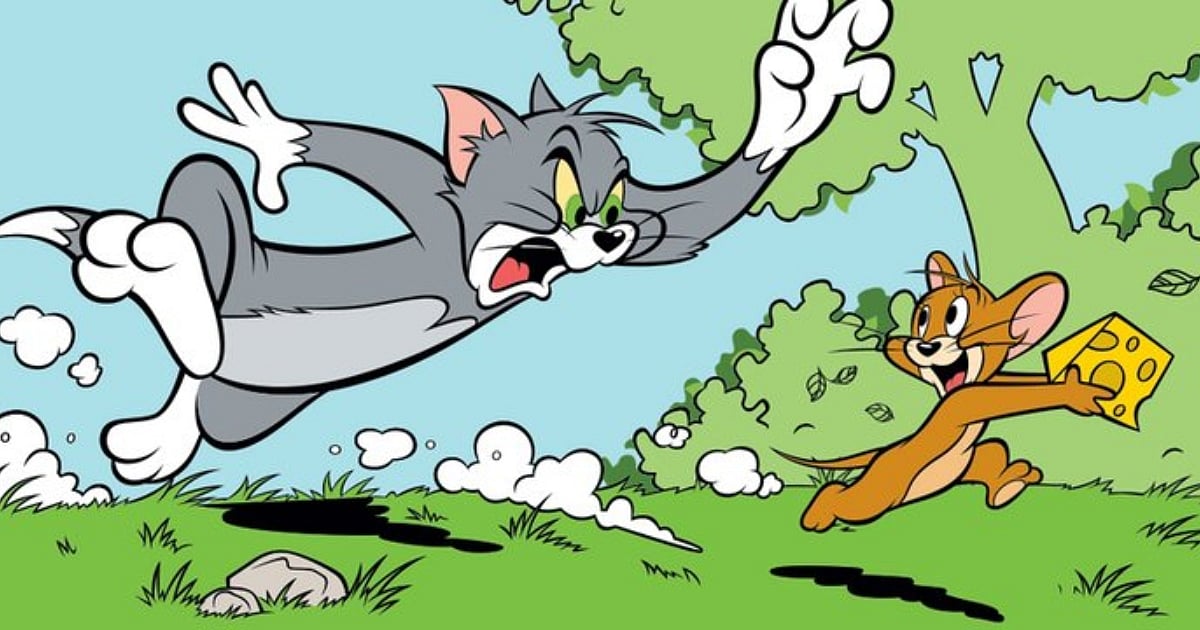
Why are Western cartoons getting anime remakes?
Tom and Jerry Gokko: The Wild World of Anime Remakes
From Tom & Jerry Gokko to Batman Ninja, why are legacy brands chasing the "anime gold rush"? A look at the global strategy to win a new generation.
Highlights
- The booming, multi-billion dollar anime market is driving Western studios to remake classic cartoons.
- This strategy has evolved from 80s toy-focused sequels to modern, high-budget global productions.
- Viral shorts like Tom and Jerry Gokko are now used to refresh legacy brands for a new generation.
If you’ve been online recently, you’ve seen it: a tiny, adorable, chibi-style Tom hunting an equally cute Jerry. No, it’s not a fan mod. It’s Tom and Jerry Gokko, an official 2022 Japanese-produced series that has absolutely blown up. After hitting Cartoon Network Japan, it launched globally for free on the WB Kids YouTube channel in 2025.
This isn't a fluke. It's the latest play in a long, fascinating, and incredibly rich trend: Western cartoons getting an anime makeover.
The Anime Gold Rush
So why the sudden urge to see icons like Batman or the Powerpuff Girls redrawn with massive eyes and dramatic speed lines? The answer is simple: money. A staggering amount of it. What used to be a niche hobby is now a global entertainment juggernaut. Business research insight valued the global anime market at $32.15 billion in 2025 and projects it to reach over $72.35 billion by 2035, growing at a steady CAGR of 8.5%.
The Japanese domestic anime industry alone smashed records in 2024, hitting $25 billion 2024, with the overseas revenue accounting for 56% and domestic revenues reaching up to 44%.
This "gold rush" is being fueled by the streaming wars. Giants like Netflix and Sony-owned Crunchyroll, which together control the overseas anime market, are in a desperate arms race for new, exclusive content.
For a company like Warner Bros. or Disney, bankrolling an anime based on a world-famous brand like Batman is a much safer bet than launching a brand-new, unproven show.
It Started With Toys, Not Art
As much as it feels like a new trend, this West-to-East crossover is decades old. The original motive, however, wasn't high art; it was plastic. Back in the 1980s, when the original American Transformers G1 cartoon ended, the toy line was still a monster hit in Japan.
To keep selling new toys, Japanese studio Toei Animation (which had co-produced the original) just ignored the American ending and created its own Japan-only sequels, like Transformers: The Headmasters. The anime was, quite literally, a long-form commercial.
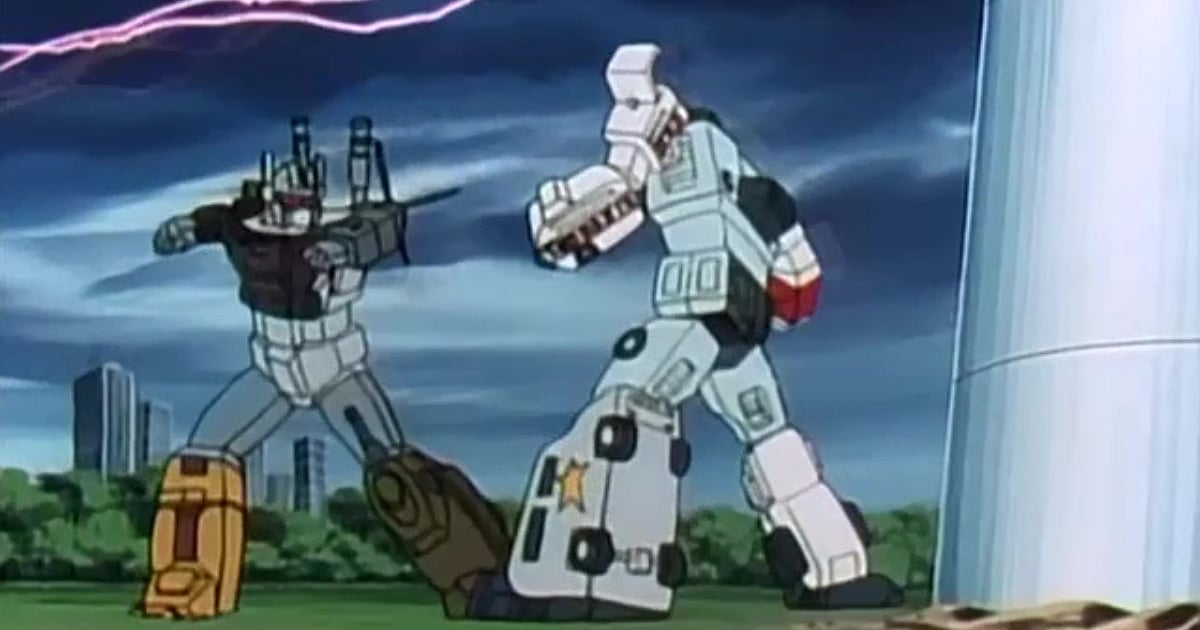
IMDb
The 2000s: The "Japan-First" Gamble
By the 2000s, the strategy changed. What if you took a popular American cartoon and completely remade it just for Japanese tastes? This gave us 2006's Demashita! Powerpuff Girls Z. The original Cartoon Network show was already a hit in Japan, so Toei Animation (the studio behind Dragon Ball Z) was hired to reboot it.
They didn't just redraw the girls; they reformatted the entire show into a "Magical Girl" anime. Blossom, Bubbles, and Buttercup were now unrelated eighth-graders who got zapped with "Chemical Z" and used transformation belts and weapons (like Blossom's yo-yo). The 52-episode series was a success on TV Tokyo but never aired on Cartoon Network in the US, proving it was a regional-first product.
Disney tried the same thing in 2008 with Stitch!, a co-production with the legendary studio Madhouse that relocated the setting from Hawaii to a fictional Okinawan island and introduced a new Japanese character, Yuna, to replace Lilo.
This was a major localization and narrative shift that many Western fans viewed as a betrayal of the original film’s core "Ohana" (family) theme. The series is often treated as a non-canon "what if" story, a perfect example of localization gone wrong.
It's also worth noting that the trend can reverse. The 2003 Teen Titans series, while American-made, wasn't a Japanese remake. Instead, it so heavily incorporated anime visual language and Japan-inspired storytelling that it blurred the lines, influencing an entire generation of Western animation.
The Prestige Play: Anime as a Global Event
Today, the strategy is bigger and more global. It’s not just about selling toys in one country anymore. Now, it’s about using the "cool factor" of top-tier anime studios to create a high-quality "event" for the whole world to see.
The project that really kicked this off was The Animatrix back in 2003. The Wachowskis, the directors of The Matrix, were massive anime fans. They personally recruited their Japanese heroes—including the director of the legendary Cowboy Bebop—to create nine short films that expanded The Matrix universe.
It is still known as a masterpiece and was a huge deal as it helped prove to Western audiences that animation wasn't just for kids but could be a seriously considered for mature storytelling.
This model led directly to projects like 2018's Batman Ninja, which wasn't a quiet remake but a high budget, beautifully retelling from Warner Bros. Japan. It saw Batman and the Joker transported to feudal Japan and turned out to be a creative and commercial triumph, earning over $3.89 million from US home video (DVD and Blu-ray) sales alone.
This proved there was a hungry global market for these crossovers, and its success was so clear that a sequel, Batman Ninja vs. Yakuza League, was released in 2025. Other franchises followed, with mixed results, like 2010's Marvel Anime (Iron Man, X-Men) and 2011's Supernatural: The Animation.

IMDb
Full Circle: The 2020s Viral Refresh
And that brings us back to Tom and Jerry Gokko. This new project isn't a million-dollar blockbuster like Batman Ninja. It’s a "low-risk IP refresh". The series of 52 one-minute shorts first debuted on November 11, 2022, to celebrate Japan’s "Cheese Day" on Cartoon Network Japan.
Produced by Fanworks and Studio Nanahoshi in collaboration with Warner Bros. Japan, the show adopts a "kawaii style" aesthetic with cute, pastel colors. It also changes the dynamic: Tom and Jerry are now playful "frenemies" rather than true foes, dropping the original's slapstick violence for a light-hearted vibe.
In 2025, Warner Bros. Kids strategically released the shorts globally on YouTube for free. It’s a savvy move to reintroduce the 85-year-old brand to a new generation, supported by upcoming merchandise launches, including collaborations with retailers like ASDA Home in 2026.
This East-West synergy isn't just an artistic choice; it's a market strategy. The globalization of streaming, massive merchandising opportunities, and social media amplification can create viral demand. Anime-inspired redesigns have also sparked waves of fan edits, cosplay, and new collectibles.
This fusion gives a new lease of life to legacy brands, expands their fan bases in Asia and beyond, and honors the tastes of a changing international audience. As the anime industry marches toward that $72.35 billion market by 2035, you can bet more of your childhood favorites are already being prepped for their trip to Tokyo.

Author
Krishna Goswami is a content writer at Outlook India, where she delves into the vibrant worlds of pop culture, gaming, and esports. A graduate of the Indian Institute of Mass Communication (IIMC) with a PG Diploma in English Journalism, she brings a strong journalistic foundation to her work. Her prior newsroom experience equips her to deliver sharp, insightful, and engaging content on the latest trends in the digital world.
Krishna Goswami is a content writer at Outlook India, where she delves into the vibrant worlds of pop culture, gaming, and esports. A graduate of the Indian Institute of Mass Communication (IIMC) with a PG Diploma in English Journalism, she brings a strong journalistic foundation to her work. Her prior newsroom experience equips her to deliver sharp, insightful, and engaging content on the latest trends in the digital world.
Related Articles
